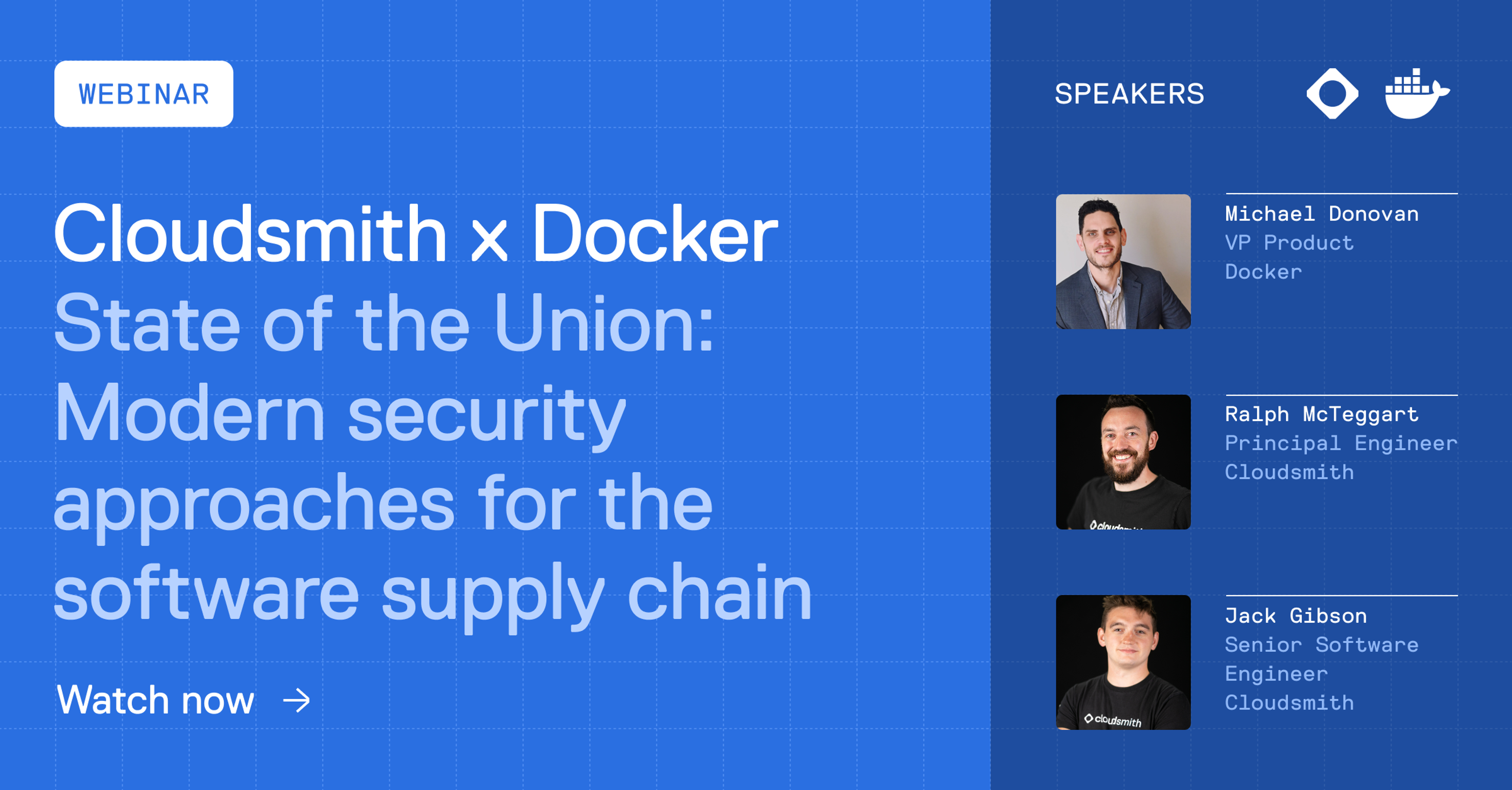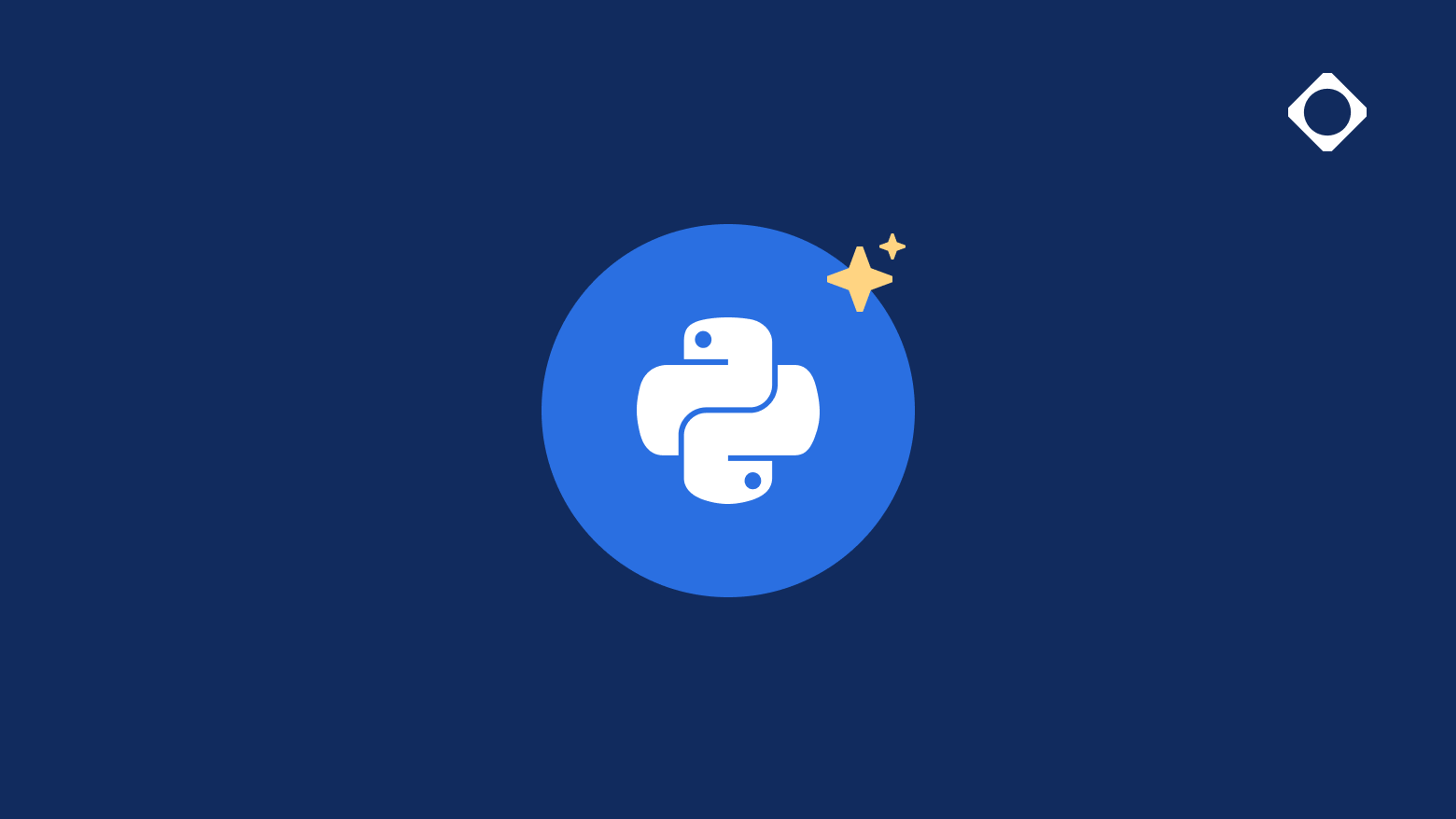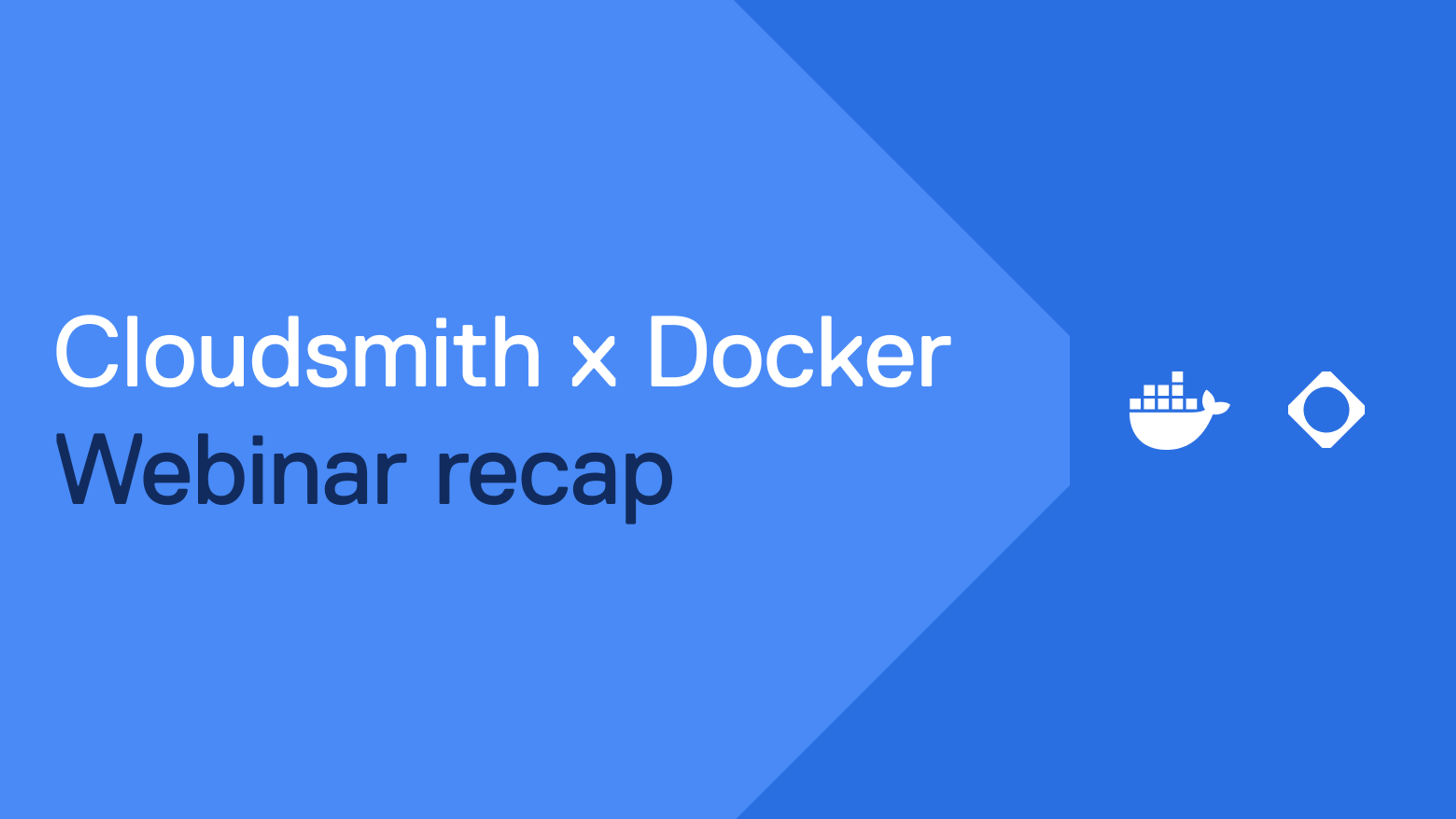
Securing Containers at Scale: Docker Hardened Images + Cloudsmith

Containers have been with us for a while and are ubiquitous in the Secure Software Development Life Cycle (SSDLC). According to some reports, nearly 60% of organizations use containers for most or all of their production applications. It’s no surprise really, as containers provide consistency and standardization across the lifecycle while speeding up delivery pipelines. They revolutionized how we develop and deploy apps in the cloud and there is no sign of this changing anytime soon.
Like any part of the SSDLC, containers have security risks and can be breached. This can be due to misconfiguration of the containers, inherent vulnerabilities in the contained software, like missed OS patches, or vulnerabilities in the runtime code. These can manifest in various ways, but some common ones are vulnerabilities that provide root access to the OS, turn off security features, execute malicious code at run time, or run phantom processes silently in the background. And these breaches do happen. The most famous container breach is still the 2018 Tesla breach, where it was reported that hackers read AWS credentials from the breached containers and therefore gained further infrastructure access, allegedly launching cryptojacking operations using that infrastructure. So, with nearly 60% of organizations using containers in production, it's great to hear about Docker’s Hardened Images being announced last week.
Docker Hub is reported to have over 14 million images and records 11 billion pull actions on these images each month. Previously, they released Docker Official Images to provide confidence in the provenance of the images, SBOM support to give transparency on contents and Docker Scout for real-time insights. This focus on security has evolved again into Docker Hardened Images.
A hardened image is a container image prepared to reduce Common Vulnerabilities and Exposures (CVEs).
This is achieved by
- Building images from the ground up
- Ensuring they provide the core functions required
- Reducing the target area for attacks by removing up to 95% of the contents
- Providing a curation and governance process for images
- That is maintained by Docker
- It is continuously monitored for CVEs
The provenance and curation of these images should give organizations and developers confidence. Knowing that images will be checked and kept up to date by a reputable source like Docker can only be reassuring. However, the security of containers and images doesn’t stop here. At Cloudsmith, we are delighted to partner with Docker on this launch, as we know we can add more to securing container usage together.

The above image shows a typical example of how this works in practice. An organization’s CI/CD pipeline is configured to use Cloudsmith as a private registry for its artifacts, including container images. When a build is triggered during development, the CI/CD tooling requests the container image(s) it needs.
With an upstream proxy for container images configured, Cloudsmith will fetch the image(s) from Docker Hub. It is at this stage where a verifiable, trusted Docker Hardened Image can be fetched. There is no extra configuration required in Cloudsmith, so users can benefit from using these images right away. Pulling a Docker Hardened Image is the same as fetching any other image from Docker Hub. Maximum security and trust is built into the raw image. For customers that have specific compliance or security requirements, Cloudsmith will also enforce policies around licensing and vulnerabilities. See: link to enterprise policy management blog. This ensures that organizations have the right blend of security at source and the flexibility to map to their own requirements.
How do organizations ensure developers use these images during code creation and the deployment lifecycle? Cloudsmith is already used by organizations worldwide for their Docker registries, and our advanced features provide tools built for global teams.
Our cloud native, global availability means an organization’s registries are available wherever its teams are. Policy creation and enforcement provide granular access to private and public images, ensuring a source of truth for the organization’s images and providing visibility to its security teams. We also support CI/CD workflows, meaning the organization can confidently see what is being promoted to production.
With seamless integration and zero tradeoffs between speed and compliance, combining the peace of mind provided by Docker Hardened Images with Cloudsmith’s Docker registry support and functions can produce even greater governance and confidence.
That's why we are delighted to collaborate with Docker for this launch, securing the software supply chain further than ever before.
Want to learn how to secure your software supply chain end-to-end?

Watch our webinar next week for an in-depth discussion on container security, hardened images, SBOMs, and how to build a zero-trust artifact lifecycle. Watch on-demand and get actionable insights from Docker and Cloudsmith experts.
More articles


Python 3.14 – What you need to know

Migrating from Docker Content Trust to Sigstore

Kubernetes 1.34 – What you need to know

Adding AI to applications using the Model Context Protocol

Docker Hardened Images & Cloudsmith: Modern Security for the Software Supply Chain
By submitting this form, you agree to our privacy policy
